General Landscape Uses: An excellent specimen shade tree in extreme southern South Florida.
Ecological Restoration Notes: A common canopy tree in rockland hammocks in Monroe and Miami-Dade counties, but with some range restrictions in northern Miami-Dade where soils become more sandy; also scattered to the north and west. A pioneer tree, it readily invades pine rocklands in the absence of fire, although unlike many other hardwoods it is usually killed when fire returns to the system.
Description: Medium to large erect to spreading tree with a wide, flat crown composed of many stout, spreading branches. Trunks large, to 3 feet in diameter. Bark usually gray, separating into large, plate-like scales on older trees. Leaves tropical semi-deciduous, compound, fine-textured, feathery, light green above.
Dimensions: Typically 30-50 feet in height; to 79 feet in South Florida. Can be as broad as tall, especially when growing in the full sun.
Growth Rate: Fast.
Range: Monroe, Miami-Dade and Collier counties; West Indies, Mexico and Central America. In the Monroe County Keys, very rare and scattered south of Windley Key and absent from most of the middle and lower Keys. In Miami-Dade County, limited to an area from Long Pine Key in Everglades National Park northeast along the Miami Rock Ridge to about Cutler Ridge, then disjunct at Brickell Hammock south of the Miami River.
Habitats: Rockland hammocks.
Soils: Moist, well-drained limestone soils, with or without humusy top layer.
Nutritional Requirements: Low to moderate; it can grow in nutrient poor soils or soils with some organic content.
Salt Water Tolerance: Low; does not tolerate long-term flooding by salt or brackish water.
Salt Wind Tolerance: Low; salt wind may burn the leaves.
Drought Tolerance: High; does not require any supplemental water once established.
Light Requirements: Full sun.
Flower Color: Greenish-white.
Flower Characteristics: Semi-showy puff-ball flowers. Fragrant.
Flowering Season: Spring-fall.
Fruit: Extremely flat black pod (legume).
Wildlife and Ecology: Provides some food and significant cover for wildlife. Primary habitat for native tree snails (Liguus fasciatus). Larval host plant for cassius blue (Leptotes cassius), large orange sulphur (Phoebis agarithe) and mimosa yellow (Eurema nise) butterflies. Nectar plant for cassius blue, mangrove skipper (Phocides pigmalion), and other butterflies and moths.
Horticultural Notes: Can be grown from seed. Remove seeds from pod. Sow on top of soil and sprinkle soil over seeds to just cover. Place container in sun or light shade. Germinates in a few weeks.
Comments:



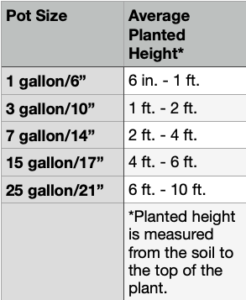
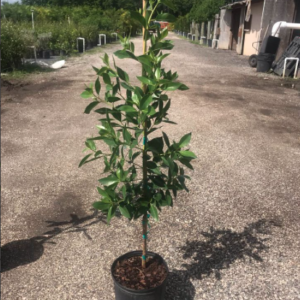
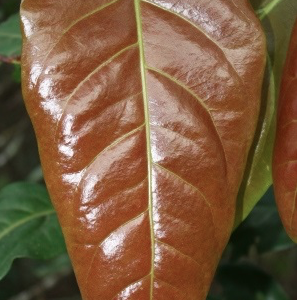
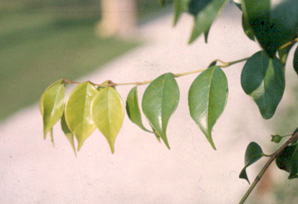
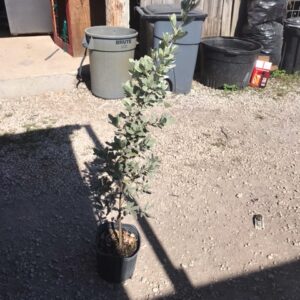
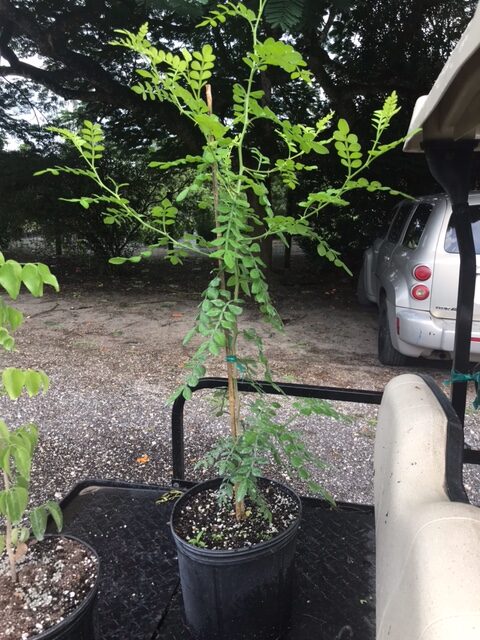
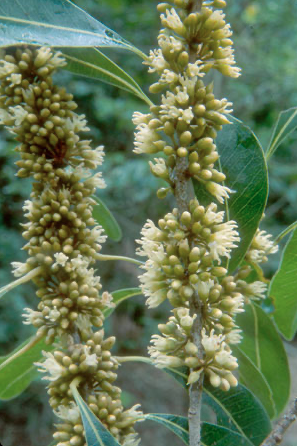
Reviews
There are no reviews yet.